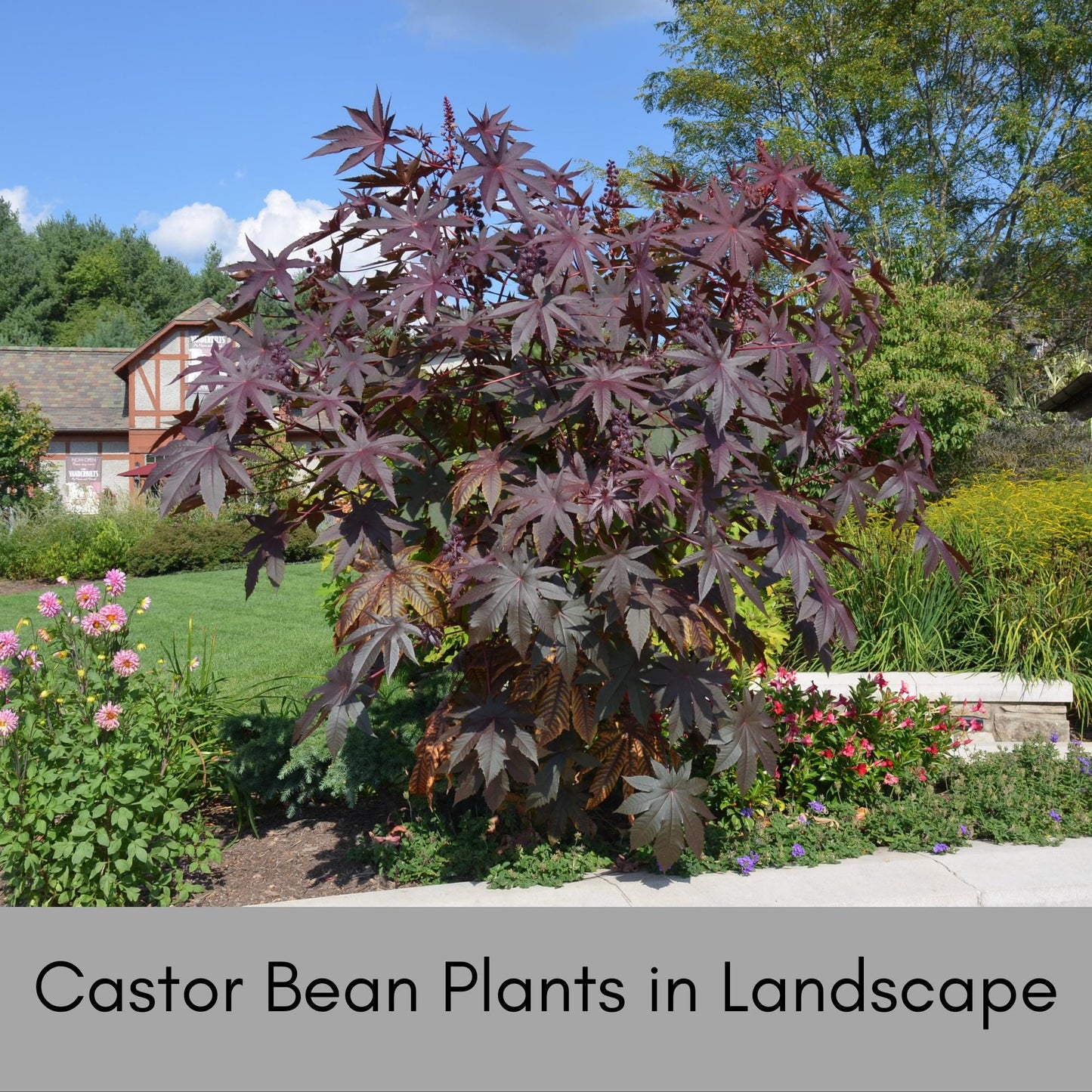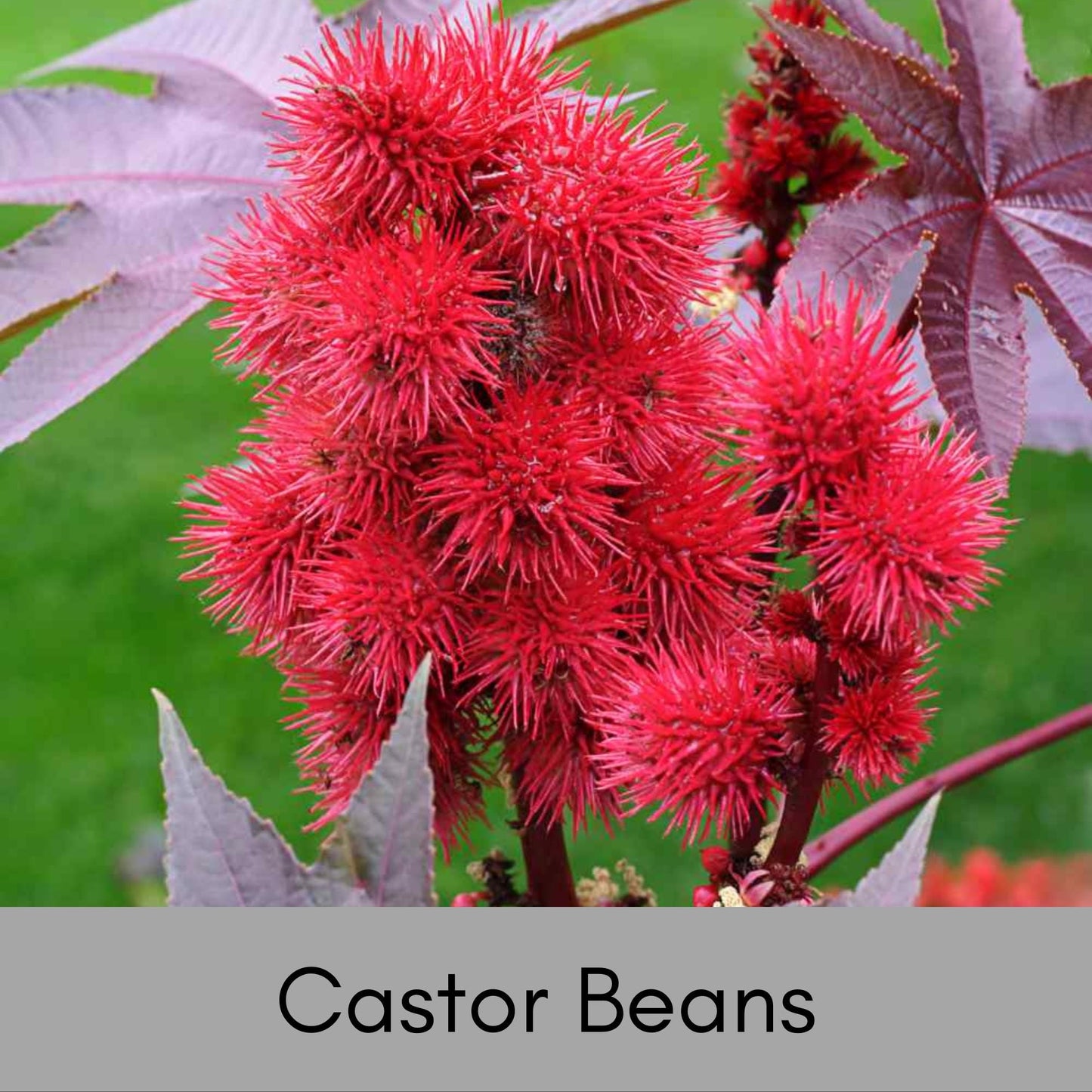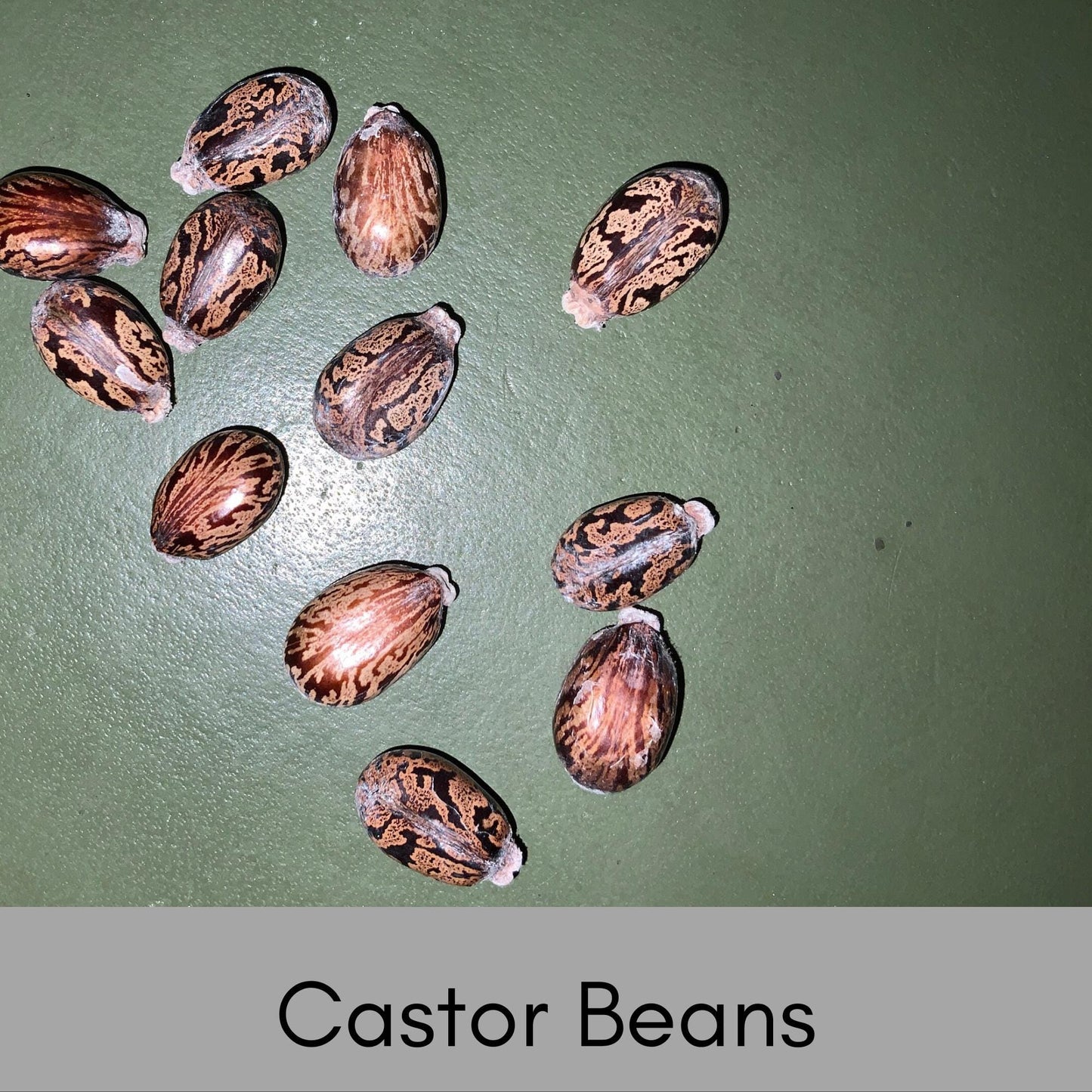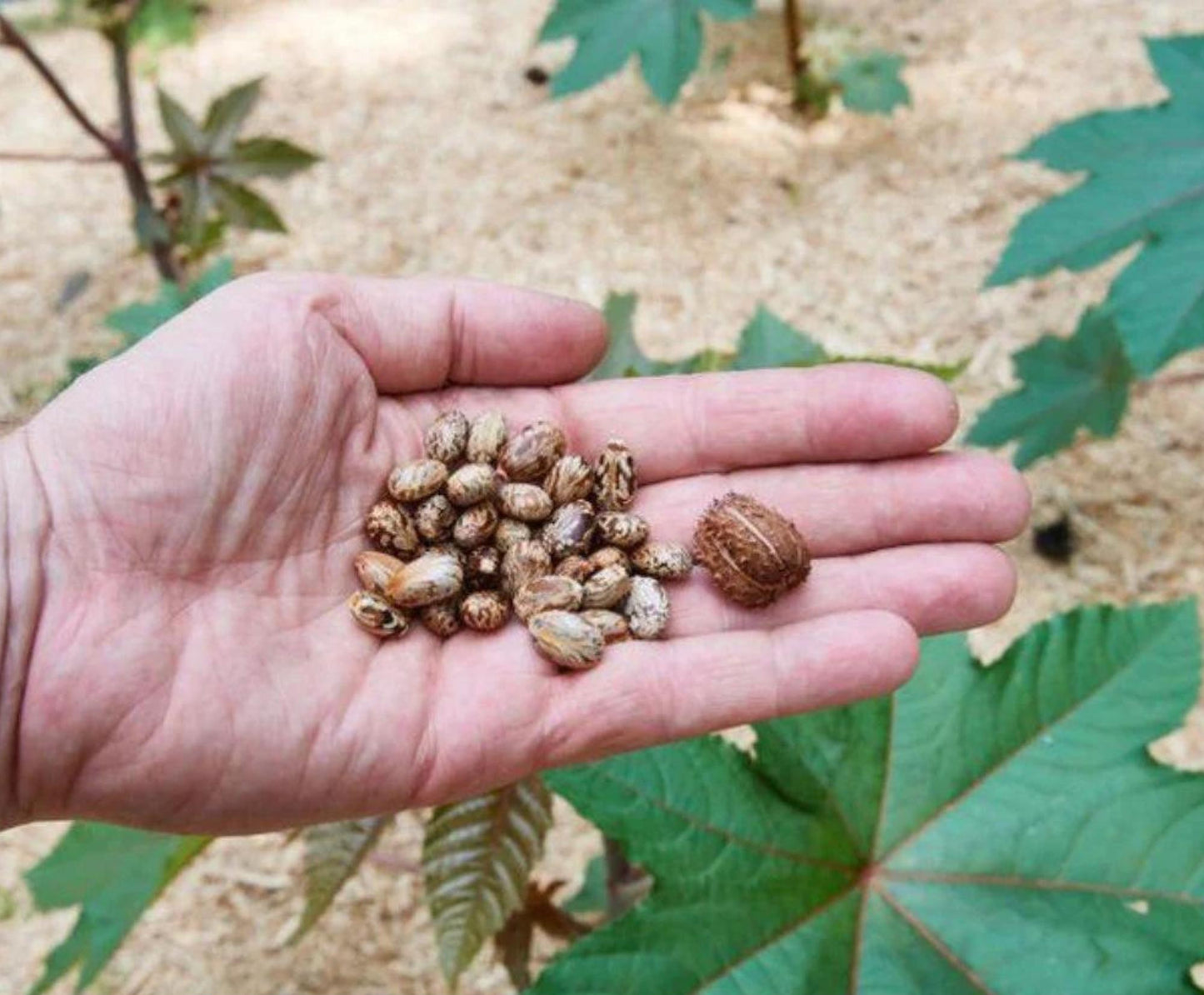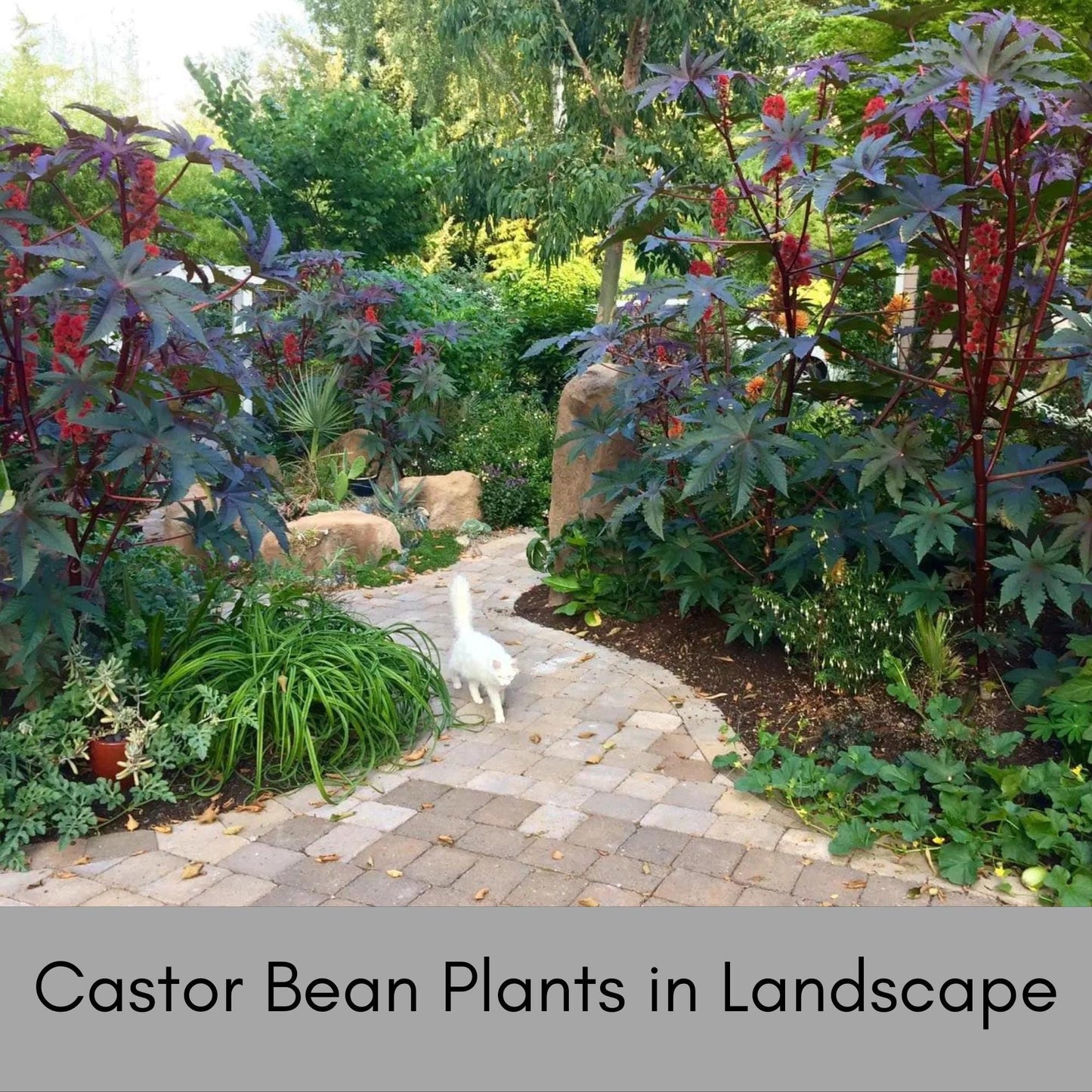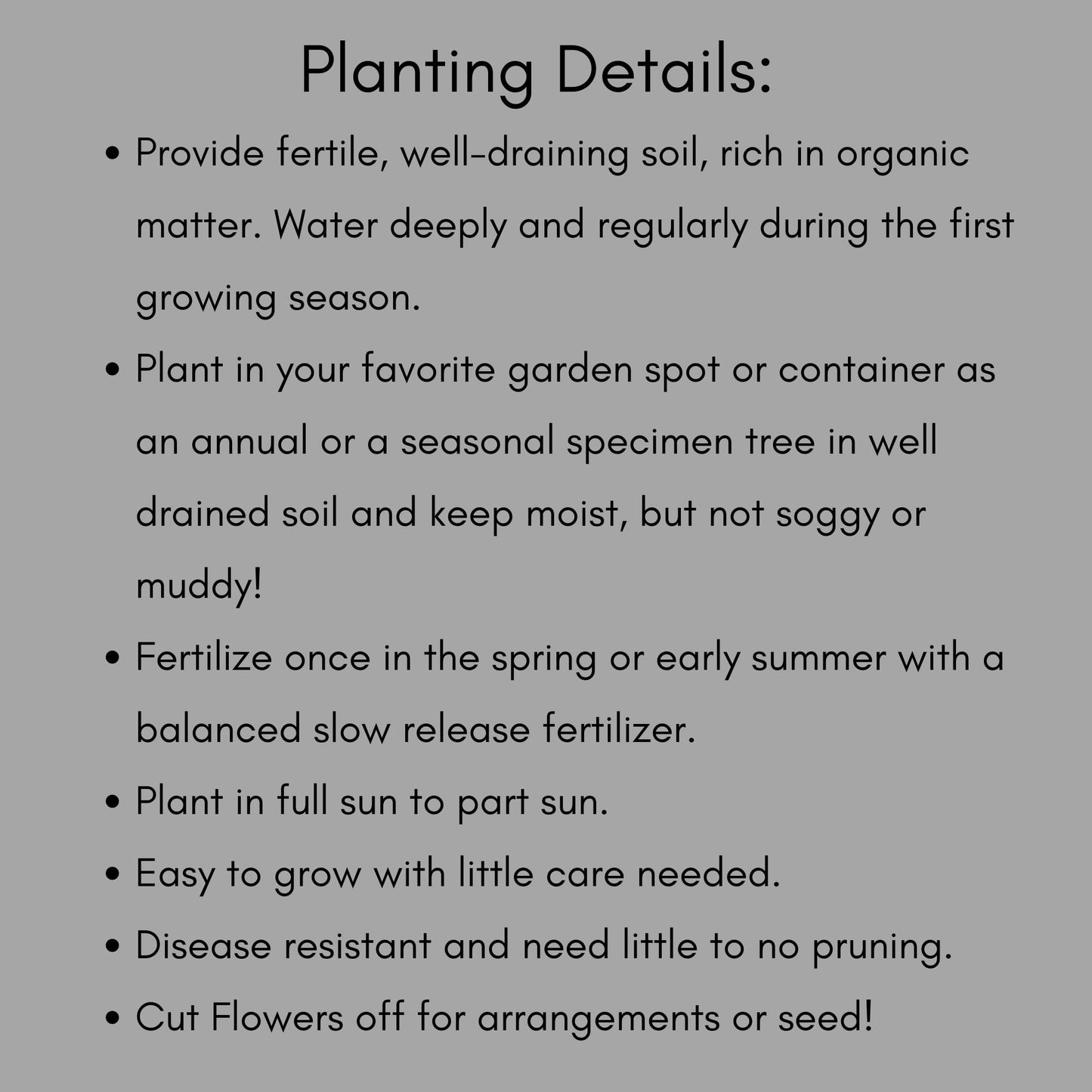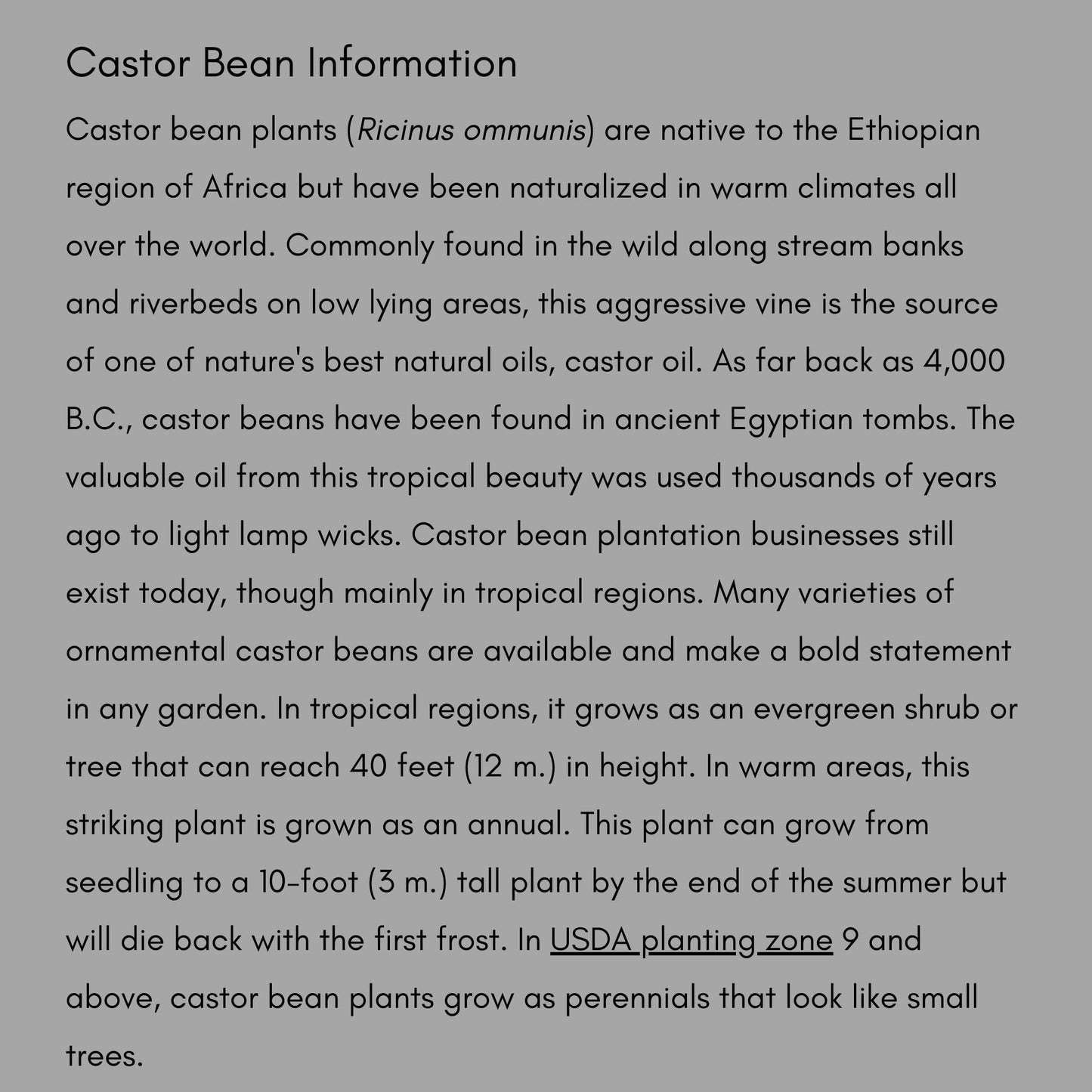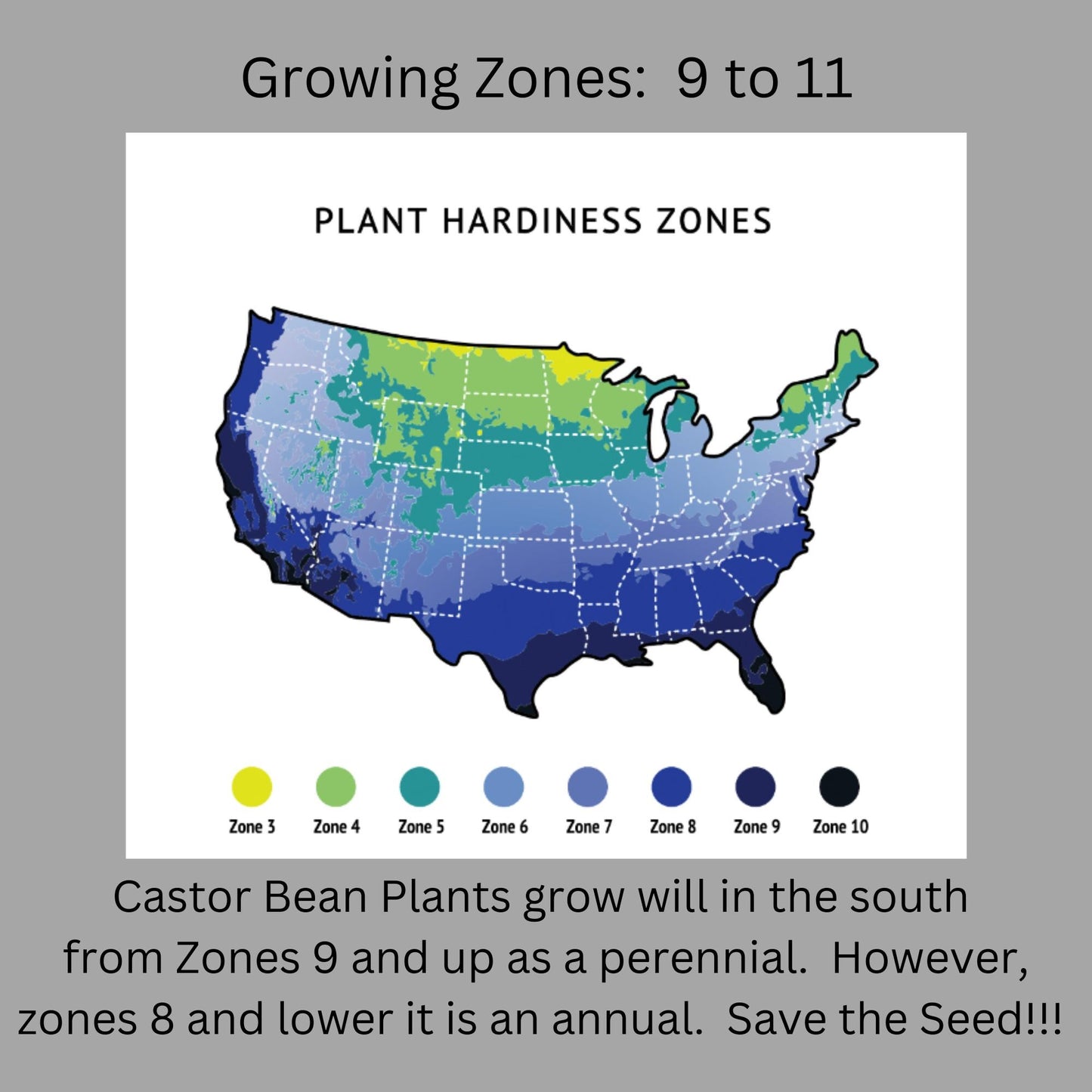Castor Bean Plant Seeds - 10 Seeds per Order
Castor Bean Plant Seeds - 10 Seeds per Order
Couldn't load pickup availability
"Castor Bean Plants – Fast-Growing Tropical Foliage for a Bold Garden! 🌿🔥"
🏡🌿 Add Stunning, Exotic Beauty to Your Garden with Castor Bean Plants! 🌿🔥
Looking for a fast-growing, dramatic plant to make a statement in your landscape? The Castor Bean Plant (Ricinus communis) features huge, tropical leaves and striking red stems, adding instant height and bold texture to any garden! 🌱✨
✔ Grows up to 10 feet in a single season – Perfect for fast results
✔ Large, lush foliage – Deep green to bronze-red leaves
✔ Great for privacy & shade – Tall, dense growth
✔ Low-maintenance & heat-tolerant – Thrives in full sun
Shipped in a 5” container, these vibrant plants are ready to grow! Add a tropical touch to your garden today! 🌿🌞
Share

